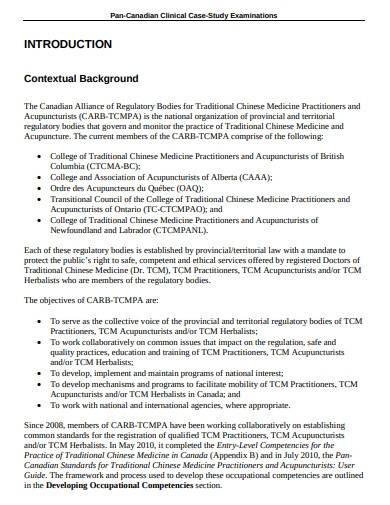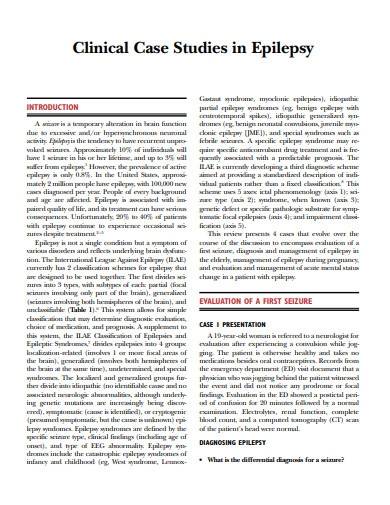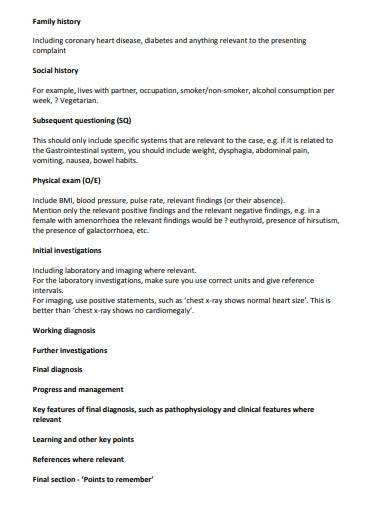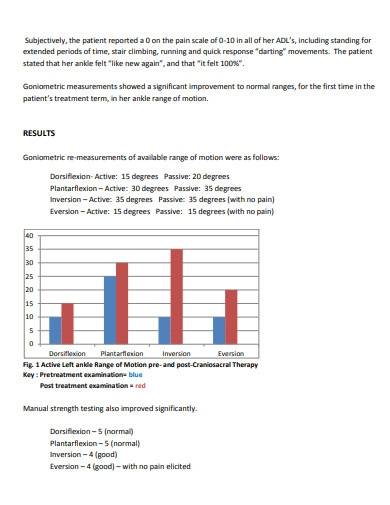A case study refers to a research methodology that is often used in social and life sciences which is also considered an intensive and systematic approach to observation or investigation of a particular group, individual, or unit where researchers analyze in-depth information related to different variables. Case study or case report templates are used to provide detailed information about the signs, symptoms, diagnosis, treatment plan, and follow-up of a certain patient.
FREE 4+ Clinical Case Study Samples & Templates
1. Clinical Case Study Template
2. Clinical Case Studies Epilepsy
3. Sample Clinical Case Study
4. Simple Clinical Case Study Template
5. Basic Clinical Case Study Template
What is a Clinical Case Study?
A clinical case study or case report is a document that is used as a means of sharing new information or knowledge obtained from clinical practices. Medical practitioners typically encounter patient cases that are different from existing cases like unknown conditions, a complication of an existing disease, an unusual side effect to a type of treatment, or a new method to treat a common medical condition. Clinical case studies are used to discuss significant symptoms, signs, diagnoses, and treatment of a particular disease.
How to Write a Clinical Case Study
Case studies are ideal research designs when aiming to gain concrete, in-depth, and contextual knowledge or information about a certain real-world topic or subject. This study is an effective way to describe, compare, evaluate, and understand various areas of your research problem statement. It also enables you to explore the main characteristics, meanings, and implications of your case. A clinical case study or case report is one of the earliest forms of medical communication and is considered the first line of evidence in the medical literature.
Step 1: Choose a Case to Study
After developing your problem statement and research questions, choose a certain case that you want to study and focus on. Unlike experimental research or quantitative research, case studies do not require a representative sample, however, you can still choose a representative vase to represent a certain experience, category, or event.
Step 2: Establish Your Theoretical Framework
Case studies might focus on concrete details more than general theories but they should still have a connection with an existing theory in the field. To make sure that your study has an academic grounding, perform a literature review of sources relevant to your topic and establish a theoretical framework.
Step 3: Conduct Data Collection
There are various research methods you can utilize to gather relevant data for your clinical case study. Case studies that focus on qualitative data use methods such as interviews, data analysis, and observations of primary and secondary sources such as photographs and official records.
Step 4: Provide the Case’s Description and Analysis
Case studies are usually structured like a standard scientific research paper or thesis that contains sections or chapters for its methods, results, and discussions. Other case studies are written in essay format or in a more narrative style.
FAQs
What are the characteristics of an effective case study?
A good case study must have the potential to provide new insights about the subject or topic, challenge existing assumptions or theories, suggest practical strategic action plans to solve the problem, and offers new directions for research in the future.
What is the structure of a clinical case study?
A clinical case study’s structure contains an abstract, introduction, the case section which contains details on the patient description, case history, physical examination result, pathological test results, treatment plan, the treatment plan’s expected outcome, and the actual outcome, discussion, and conclusion.
What are the other types of case studies?
The other types of case studies include collective case studies, descriptive case studies, explanatory case studies, exploratory case studies, instrumental case studies, and intrinsic case studies.
Clinical case studies are documents used to share essential information about new details or knowledge on new medical cases or conditions that were gained through clinical practices. It contains information on patient cases that medical practitioners encountered that are different from known conditions such as complications and unusual side effects on medical treatments. A clinical case study or report discusses the signs, diagnosis, symptoms, and treatment of a certain disease. Case studies are research methods that researchers utilize to obtain in-depth and concrete knowledge about a specific topic or subject.
Related Posts
FREE 49+ Sample Reports in MS Word PDF
FREE 8+ Sample Research Consent Forms in PDF MS Word
FREE 7+ Field Note Samples in MS Word PDF
Sample Conference Evaluation Form in Word
FREE 10+ Consultant Job Description Samples in PDF MS Word
Sample Conference Evaluation Form in Word
FREE 9+ Sample Clinic Note Templates in PDF MS Word
FREE 10+ Research Ethics Samples & Templates in MS Word PDF
FREE 7+ Sample Forensic Report Templates in MS Word PDF
FREE 10+ Sample Research Assistant Job Description Templates in ...
FREE 8+ Sample Medical Technologist Resume Templates in MS ...
Sample Psychology Consent Form
FREE 8+ Task List Templates in PDF MS Word
FREE 11+ Hospital Resignation Letter Samples and Templates in ...
Sample Fire Incident Report





